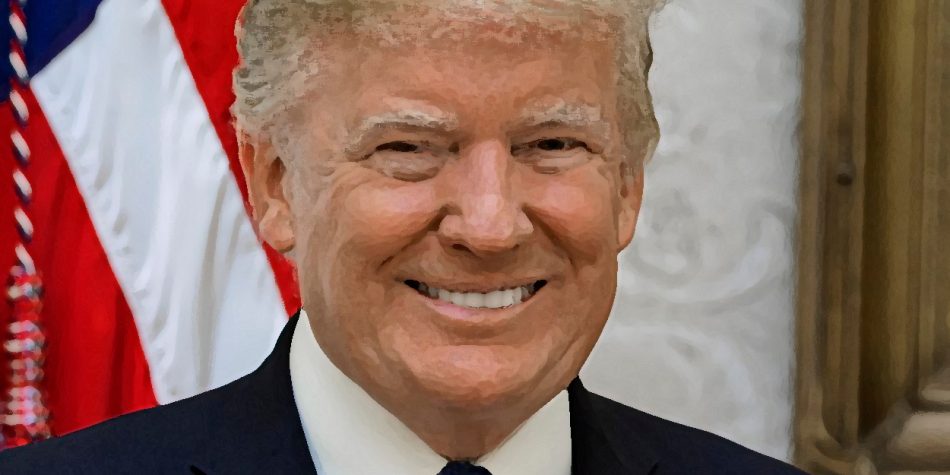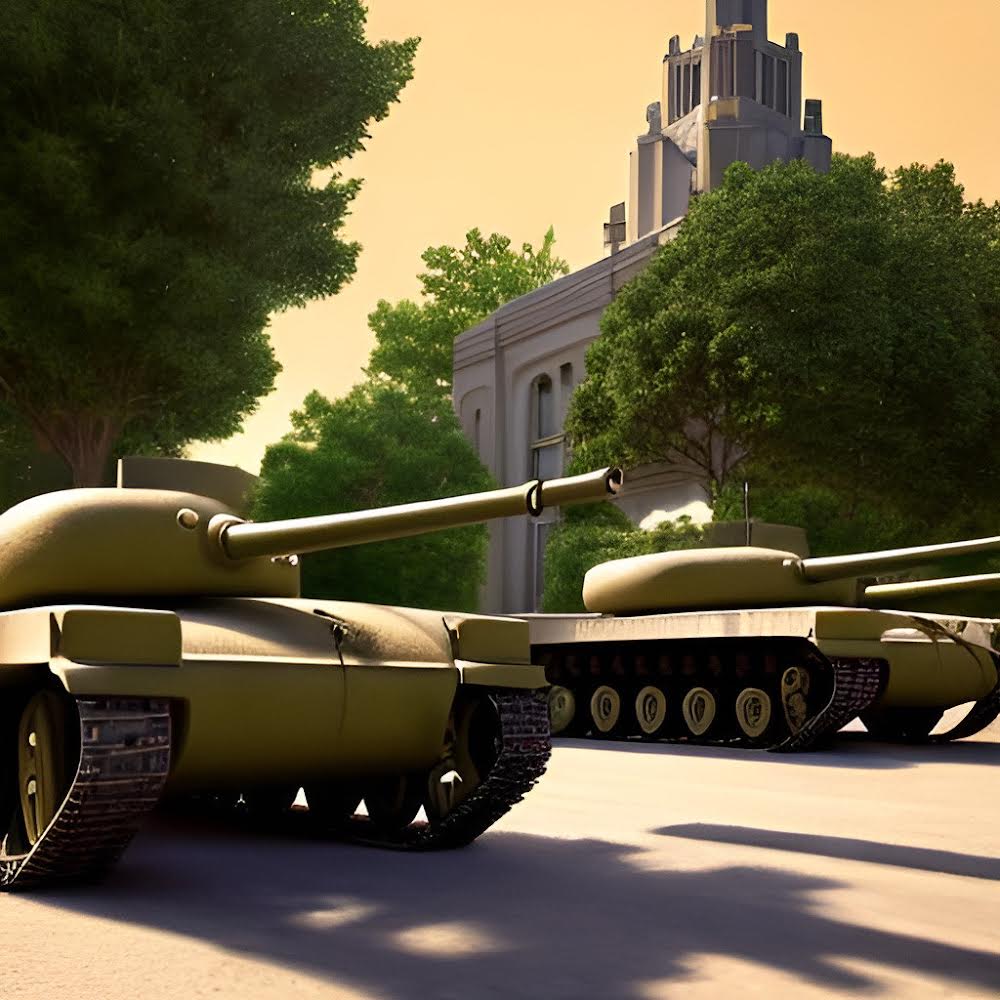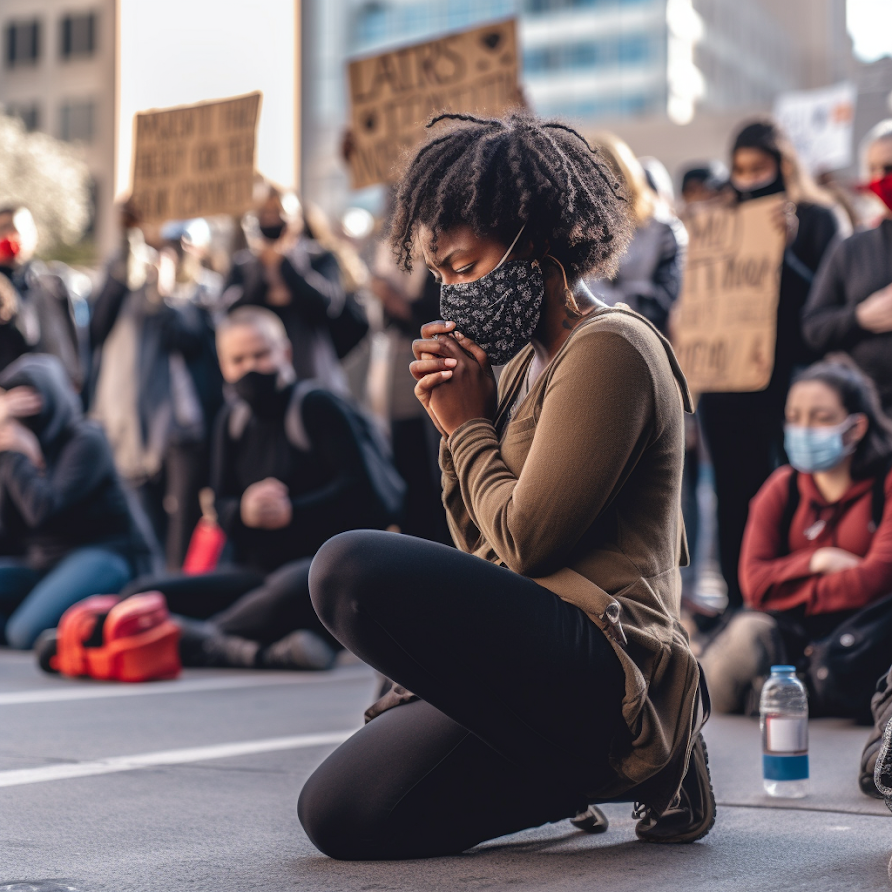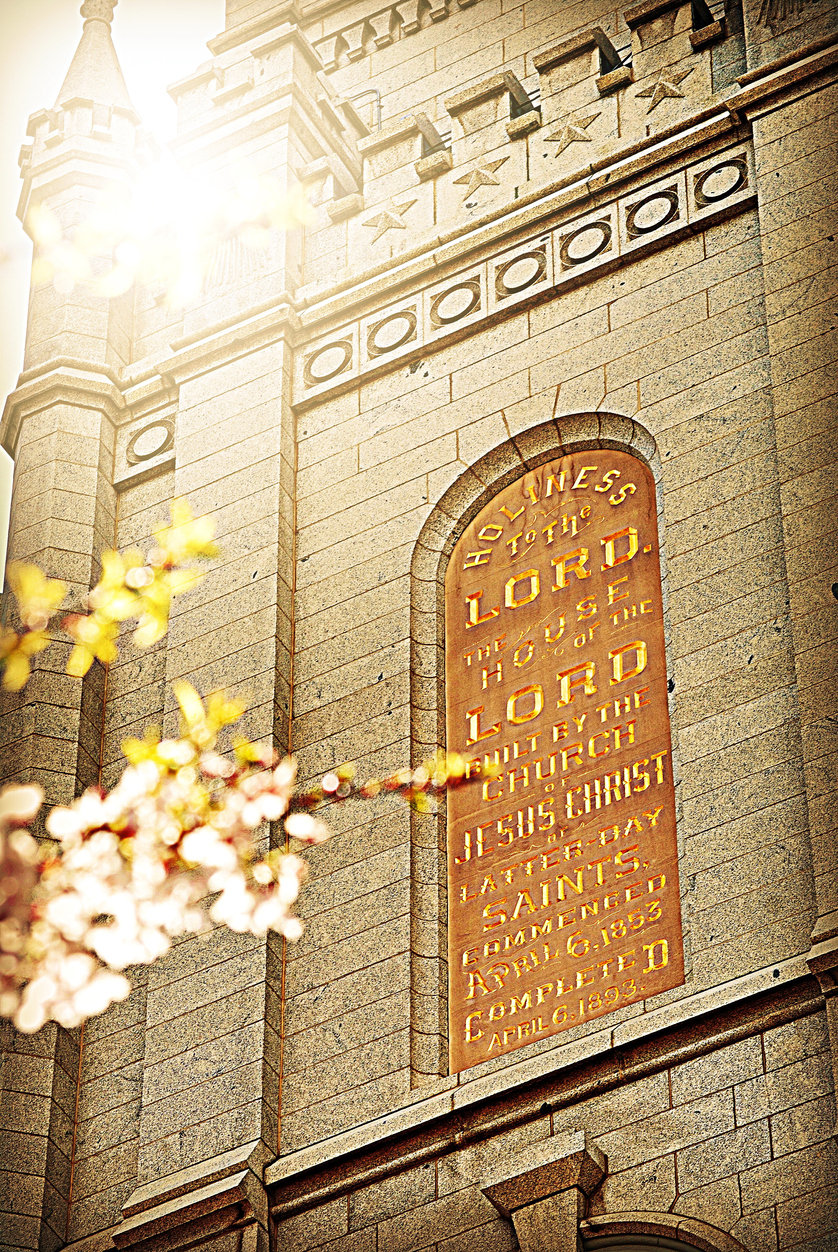There appears to be a growing cottage industry of writers and historians who find it illuminating to compare President Donald Trump to various strong-willed historical figures. There are pieces drawing parallels between Trump and Teddy Roosevelt, Trump and Andrew Jackson, and Trump and FDR.
Understandably, these articles sometimes pop up when historians are selling their latest biography, and this appears to be the case with historian David Mason’s recent essay in The Washington Post comparing Trump to, of all people, the nineteenth-century religious figure Brigham Young.
The article has already received push back. The Opinion Editor of the Deseret News, Boyd Matheson, criticized the article’s “weakly woven strands.” Benjamin Park, a history professor at Sam Houston State University, tweeted: “As someone who likes using history to understand the present, and loves to prove the relevance of Mormon history, I feel like I’m in a good position to say that this comparison is a stttttrrrrrreeeeeeeettttttttcccccchhhhhh.”
To be fair to Mason, after one writes a biography on a figure like Brigham Young, it’s undoubtedly difficult not to see Young where others do not. And, certainly, Mason’s intentions seem to be noble—his piece points out the perils of fiery rhetoric and warns that a climate of hostile words can sometimes turn violent.
Insights from the past, in this regard, are a welcomed influence on our contemporary discourse. Indeed, George Santayana’s overused quotation, about learning from the past lest we repeat it, is overused for a reason.
The problem in Mason’s piece, however, is that by juxtaposing Trump and Young, Mason comes uncomfortably close to conflating early Latter-day Saint reactions to intense persecutions with President Trump’s responses to political opposition and the media.
Such comparisons, no matter how well-intentioned, do a disservice to our understanding of history and risk trivializing sobering episodes of nineteenth-century religious bigotry.
The past, as L.P. Hartley put it, is a foreign country. We depend on historians not only to speak the language but also to act as trustworthy guides. That means providing context, and that means being clear about how Donald Trump and Brigham Young differ.
Trump is a billionaire and the president of the United States. He holds an ivy league degree and owns a host of prime real-estate properties. He’s the elected leader of the most powerful nation in the world, commanding unmatched military might.
While there’s no question that Trump has political adversaries, his claims of persecution, his rhetoric, and his political pugilism must be understood in that context.
Brigham Young, meanwhile, led a band of some 40,000 impoverished religious refugees into the western reaches of Jacksonian America. He took over a faith in the throes of a succession crisis after his predecessor was violently murdered in an Illinois jail.
His co-religionists faced a state-sanctioned extermination order in Missouri, and their temple in Nauvoo, Illinois was burned to the ground.
Brigham Young must be understood in this context. We must also view early Latter-day Saint distrust toward federal authority through a similar lens.
Indeed, even after the Latter-day Saints fled to Utah, then-U.S. President James Buchanan dispatched some 2,500 soldiers to subdue the territory.
Readers of history will recall that Buchanan had said slavery was a matter of states’s rights: “We have just as little right to interfere with slavery in the South, as we have to touch the right of petition.” And yet, ironically, Buchanan chose to clamp down on Utah sovereignty, at least in part, to distract from the spurious idea that federalism protected southern slaveholders.
To be clear, we should and we must pluck lessons from our past. And David Mason should be commended for seeking to warn us of the dangers when hostility takes hold and our rhetorical barbs begin to assume the worst in others. And, surely, like any two people, Trump and Brigham Young share similarities and differences.
But, in undertaking the exercise of comparing the two, we do ourselves a grave disservice if we take them out of their circumstances and context to serve our own political or financial purposes.
















